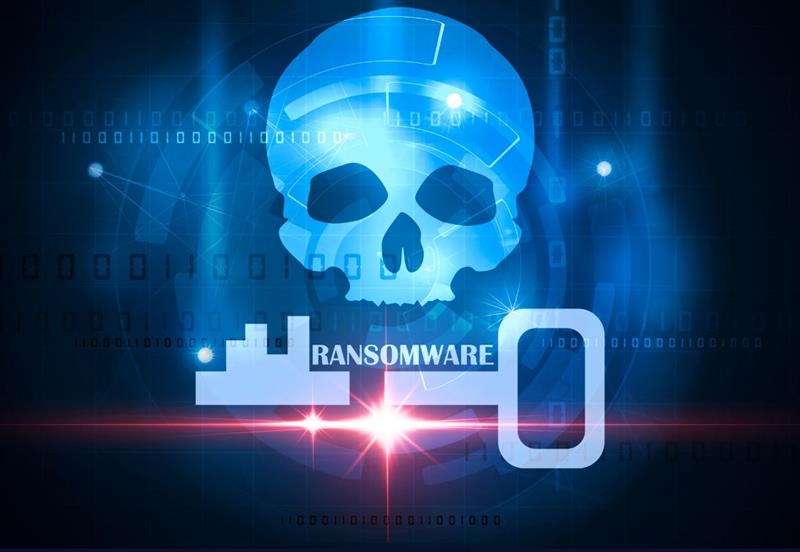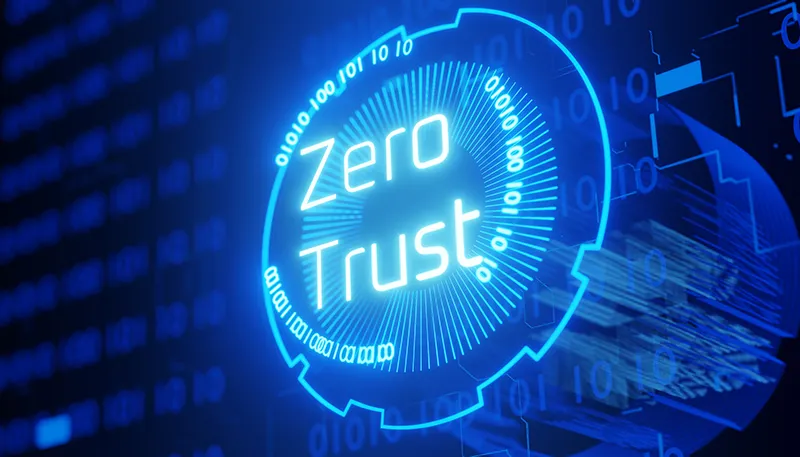DevSecOps and Supply Chain Security – How to Build Secure Software from the Ground Up?
Introduction
In today's digital age, Fast and efficient software development is a critical requirement for any technology organization. However, Advanced cyber threats, supply chain attacks and data breaches require a new approach toCode security and development projects.
DevSecOps It is a combination of Development (Dev), securing (Sec) and operation (Ops), whose purpose is Implement information security in the early stages of development, instead of addressing vulnerabilities only at later stages.
How can organizations build secure software from the initial code stage and prevent critical security risks?
This article reviews the Principles DevSecOps, The importance of supply chain security in the development process, and the steps for properly implementing security throughout the software lifecycle (SDLC – Software Development Lifecycle).
What is DevSecOps and why is it essential?
DevSecOps is a development methodology where security is not seen as a separate barrier or step, but as an integral part of the entire process. Unlike traditional methods, where security is only added at the end of development, DevSecOps integrates security testing, access controls, and automated scanning tools throughout all stages of the SDLC.
Key benefits of DevSecOps:
- Early detection of vulnerabilities – saves time and costs in late security patches.
- Integrating automated security tools – adding static (SAST) and dynamic (DAST) code testing as part of the development pipeline.
- Compliance with regulatory requirements – compliance with standards such as ISO 27001, NIST, SOC 2, and GDPR.
- Preventing supply chain attacks – protecting third-party dependencies, open source libraries, and containers.
- Improving collaboration – aligning developers, security personnel, and operations teams.
What are the main threats to the software supply chain?
The software supply chain consists of a variety of internal and external components, with any weak point being an entry point for attackers into the system.
Common threats in the supply chain:
- Open Source Vulnerabilities – Using dependencies with known security vulnerabilities.
- Repo Hijacking – Hijacking repositories and inserting malicious code.
- Weaknesses in containers and Docker images – using packages with outdated components.
- Insecure permissions in CI/CD – incorrect use of API keys and access passwords.
- Social Engineering for Developers – Hacking into GitHub and GitLab accounts.
How to implement DevSecOps and supply chain security in practice?
Code security and security testing automation
- Using SAST and DAST tools – integrating static and dynamic code testing during the development stages.
- Vulnerability monitoring with SCA (Software Composition Analysis) – scanning dependencies and open source libraries.
- Cryptographic code signatures – verifying the identity of the code and preventing unauthorized changes.
Protecting the CI/CD environment
- Restricting permissions in DevOps projects – using the Least Privilege approach to reduce exposure.
- Secure Secrets Management – Storing API keys and passwords in secure vaults.
- Digitally signing packages and containers – protection against the introduction of malicious code during development.
Implementing a Zero Trust approach in the supply chain
- Implementing a Zero Trust approach in the supply chain – Strict access management to organizational resources, even in distributed development.
- Abnormal behavior monitoring – using artificial intelligence to identify suspicious activity in code repositories and development environments.
Security of hangings and containers
- Using container scanners (Docker Image Scanners) – automatic scanning of Docker images to identify vulnerabilities.
- Implementing Security Policy as Code – Defining a uniform policy using YAML and Terraform.
- Continuously updating library versions – using tools like Dependabot and Renovate to prevent exploitation of known vulnerabilities.
Real-time threat monitoring and rapid response
- Integration of SIEM and SOAR systems – Security Event Management (SIEM) along with automated threat response (SOAR).
- Logging & Monitoring – Constant monitoring of suspicious changes to repositories, libraries, and CI/CD systems.
Summary: DevSecOps and Supply Chain Security
- Implementing SAST and DAST tests to detect weaknesses early in development.
- Hardening the CI/CD environment and managing permissions using the Least Privilege approach.
- Monitoring vulnerabilities in third-party dependencies and containers.
- Implementing a Zero Trust approach for developers and external vendors.
- Using SIEM and SOAR to automatically identify and respond to security threats.
Implementing DevSecOps and supply chain security will enable organizations to prevent cyberattacks before they occur, improve customer trust, and ensure high-quality, secure software from the very first stage.
Cybersecurity and IT – Two Words, One Solution












